the natural beauties of venezuela
Angel jump
It is located in the state of Bolívar, in the south of the country, in the Canaima National Park. Although many historians point out that it was discovered before 1937, it was precisely that year when American aviator Jimmy Angel landed on the highest part of the jump and made it known throughout the world. Today is not only a natural wonder of Venezuela, but of the whole world.
Considered the highest waterfall in the world, with its total height of 979 meters and its free fall of 807, Angel Falls was recognized as a National Park on June 12, 1962 and declared a World Heritage Site by Unesco in 1994.
Flying over it is to take your breath away and enjoy it from below you must fill it with your strength, peace and energy. Explain through these lines what it feels like to be in front of an imposing wonder, since the Angel Falls is complex, because words become so limited to the prodigality of nature.
It can be reached by air from Caracas to the city of Puerto Ordaz, in the Bolívar state, and from there the tour operators will take you by plane to the lagoon of Canaima or the community of Kavac, from where you will sail in curiaras (boats made by indigenous people elaborated with the hollowed trunk of a tree) until the confluence of the Churún river where the camps are. From this point, the tour continues on foot. You can take a 2 and 3 day excursion or hire a full day.
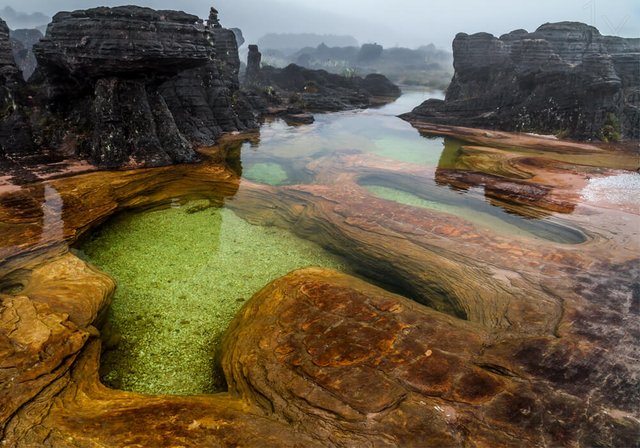
The jungle slide
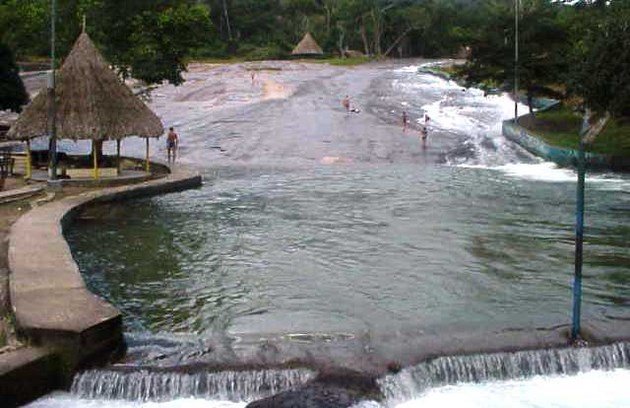
In the capital of the state of Amazonas, Puerto Ayacucho, towards the southern region of the country, we find this unique attraction that is part of the Jivi indigenous community that settle in La Coromoto.
It is a slide of about 20 meters that has naturally been created, by the passage of the bed of the Orinoco River, on the slab of a stone. In its upper part it has natural jacuzzis that are formed from a large jet of water and at the end a huge pool or ice water well, where the tourist finishes his journey with a good dip to calm the adrenaline.
In addition to the slide of the jungle, the state of Amazonas has 4 national parks and 19 natural monuments, an endless stream of rivers, tepuis, jungles, spouts, river beaches and lakes that make your visit an ideal experience for those who enjoy tourism. of adventure.
It is reached by air from Caracas to Puerto Ayacucho, from where you can travel by car for 30 minutes to La Coromoto. Keep in mind that only a local airline travels to this region, so it is important to check flight days.
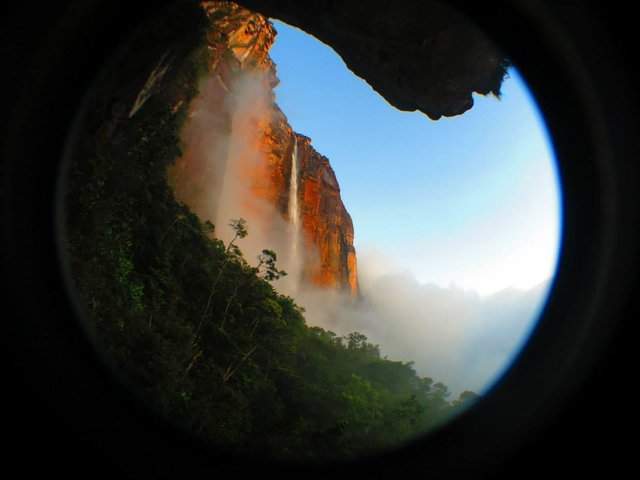
The Roques
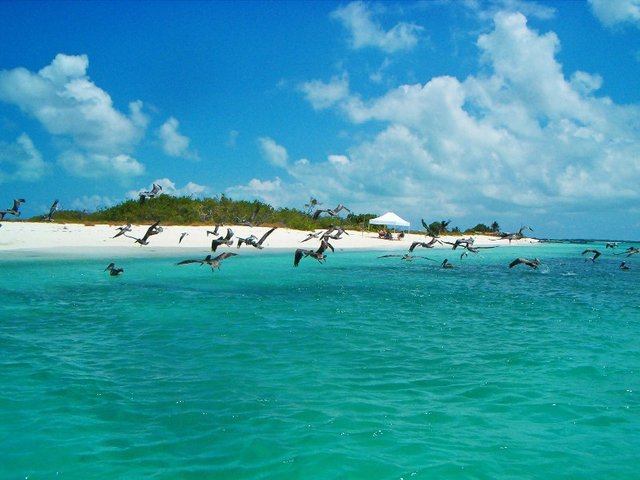
It is located north of the Venezuelan coastal center, about 150 km from the port of La Guaira. 45 major islands, 300 islets and coral banks make up the archipelago that bathes with the waters of the Caribbean Sea. At present, there are just over 2000 inhabitants who reside mainly in the Gran Roque.
Las Rocas is an ideal setting for ornithologists for the more than 92 species of birds that inhabit the archipelago. But what stands out most in this space is the natural reef, which is its main ecosystem; in fact, it is estimated that it has 98% of the coral species existing in the world.
Los Roques was also recognized as one of the ten best places in the world for sport fishing, mainly of species such as bonefish, barracuda and tuna.
As regards its biological wealth, it is a protected area and the National Park since 1972. In that sense, there are no large hotel chains, but inns that offer accommodation to tourists. It is reached by air in small commercial or private aircraft. Take into account that, for the limit of the space in the aircraft, the airlines do not allow a baggage greater than 10kg.
The dunes of Coro

To the north of the city of Coro, in the Falcón state, are the dunes of the isthmus of the Peninsula of Paraguaná, which are formed by the sand of the sea that is deposited by the action of the wind. Its extension covers more than 91 thousand hectares that are protected under the figure of the National Park.
The dunes of the Médanos de Coro reach 40 meters high, being the only desert formation of this magnitude that exists in Venezuela.
It is almost forced to have the trees open to fall in the sand and roll around and reach the end of the dune.
As it is a warm zone, it is advisable to visit the park early in the morning or after 3 in the afternoon when the sun is less strong.
To get there, you can take the road to the west of the country or take a commercial flight to Las Piedras.

Lightning of the Catatumbo
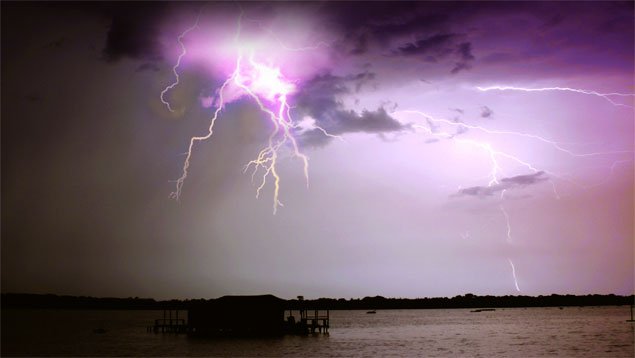
Recently distinguished as Guinness Record for being the place in the world where the greatest amount of lightning per square kilometer per year is generated (250), the Catatumbo Lightning is a unique meteorological phenomenon that is generated south of Lake Maracaibo, in the state Zulia, by the heating and cooling of the air that causes the shock of the clouds and the subsequent electric discharge.
According to the scientists, the Catatumbo Lightning generates significant amounts of ozone, so this natural phenomenon is of great importance due to its regenerative effect of the ozonosphere.
It is part of the Ciénagas de Juan Manuel National Park and was born in a town called Congo Mirador, which is characterized by houses built on water or stilt houses. At the moment inns are constructed for the visitors who arrive with the interest of knowing this particular phenomenon.
To arrive by road, you can take the Maracaibo-Encondos-Río Catatumbo or Maracaibo-Santa Bárbara-Río Escalante and Maracaibo-Machiques-La Fría-Santa Ana River routes. Sailing the Maracaibo Lake and the Catatumbo and Escalante rivers is another alternative interesting in this natural adventure.
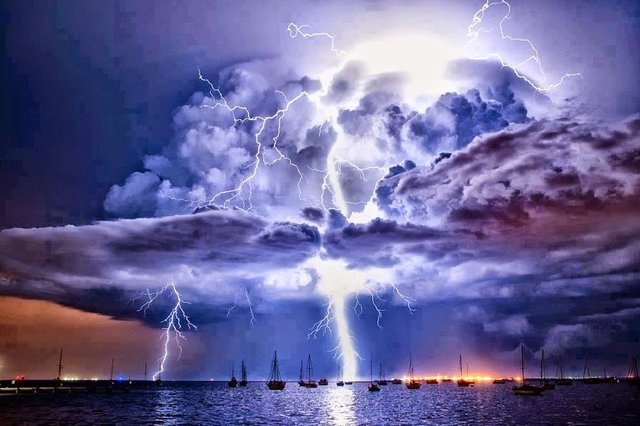
The Cave of the Guácharo
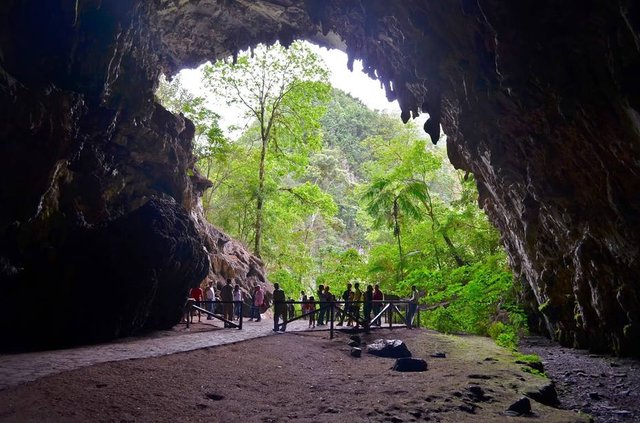
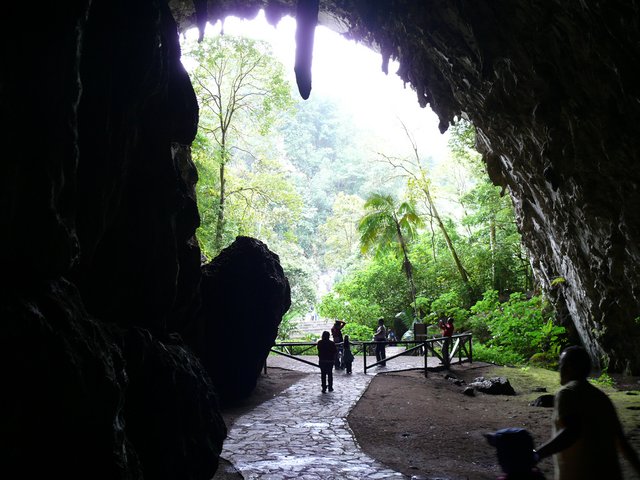
Visiting Cueva del Guácharo is an amazing experience and, for some, even terrifying. An entrance of 22 meters high and 15 meters wide receives the tourist who little by little gets lost in the darkness and the sound of the birds that live there.
This cavern, located in the Monagas state, in eastern Venezuela, has a length of about 10km, with a total area of
63,200 hectares. It is the second largest in the country and one of the first in Latin America.
Its rock formations as well as the birds (Guacharos) that live there are its special attractions, although from the scientific point of view, wealth is enough. The departure in flocks of the guacharos in the afternoon, in search of food, is a must see.
It is recommended to go in sports shoes and comfortable clothes. To get there you can travel from Caracas to Maturín by commercial flight and from there by car to the town of Caripe.
Merideños peaks
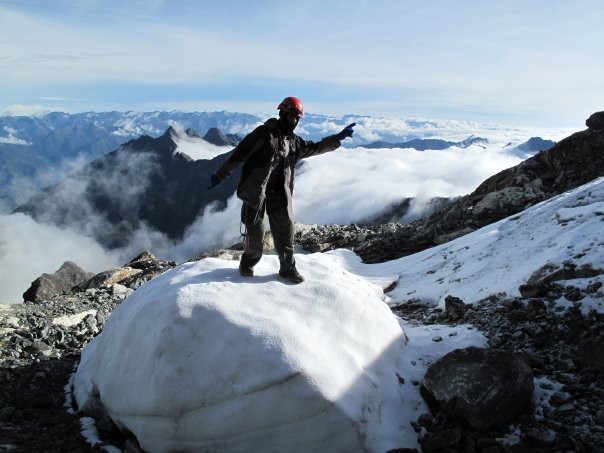
Merideños peaks
The Sierra Nevada National Park in the Andean state of Mérida The main mountainous formations of Venezuela, such as Pico Bolívar (5,007 masl), Pico Humboldt (4,942 masl), La Concha Peak (4,922), Bonpland Peak (4,883) ), Pico Espejo (4,880), Pico León (4,740), El Toro Peak (4,729) and Mucuñuque Peak (4,609).
Its peaks, snowed mainly between July and August, adorn the city of Mérida. The city phone (currently under repair), the highest in the world, about visitors to these icy peaks. If your spirit is more adventurous, there are many hiking and climbing options that go from 3 to 8 days.
To get to Mérida, you can take the option from Maiquetía in commercial flight to El Vigía and from there travel by car, one hour on the way, to the city.
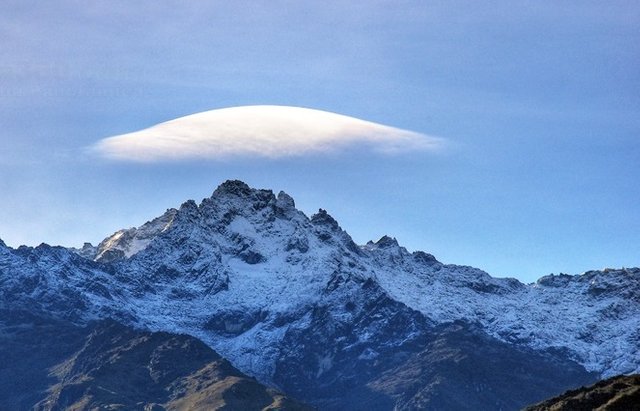
Simply magnificent!! This is my wonderful Venezuela!!